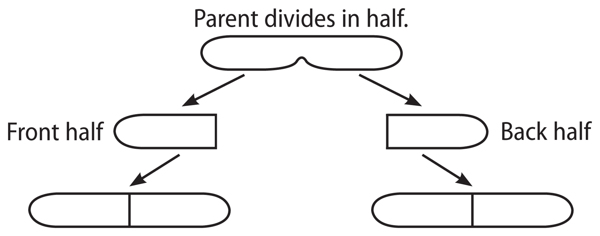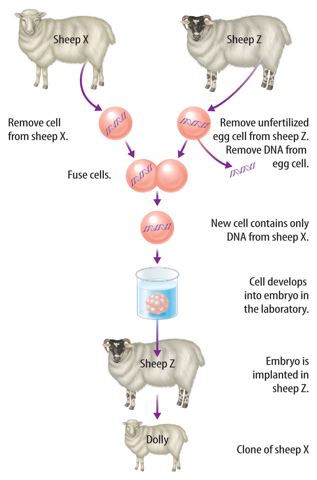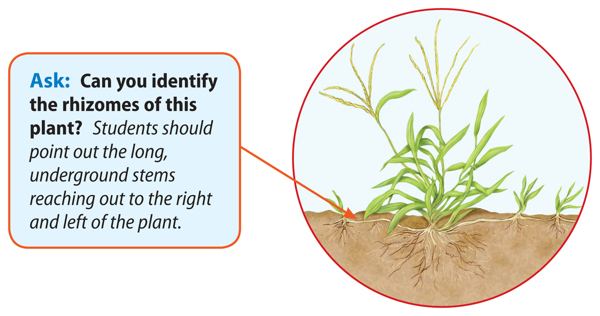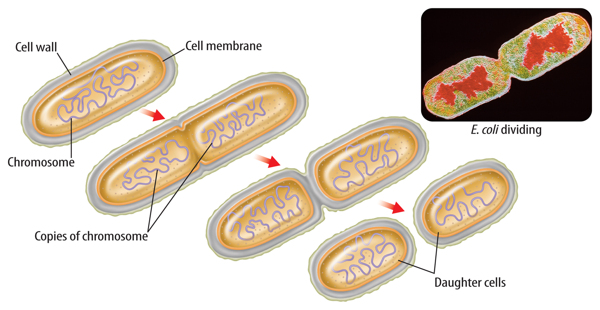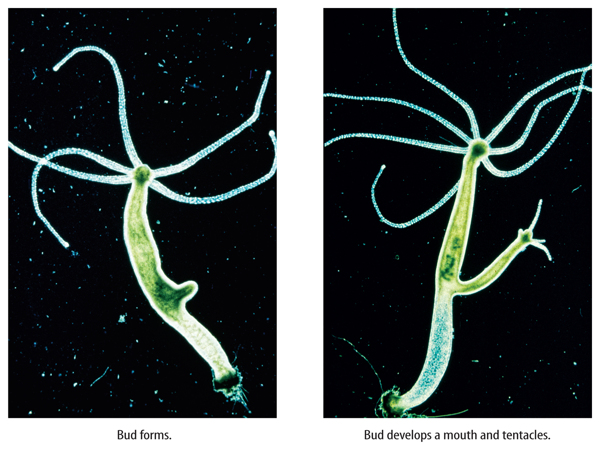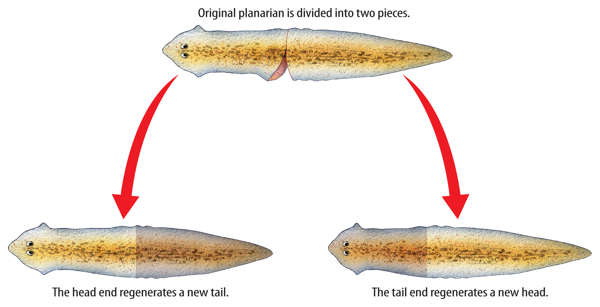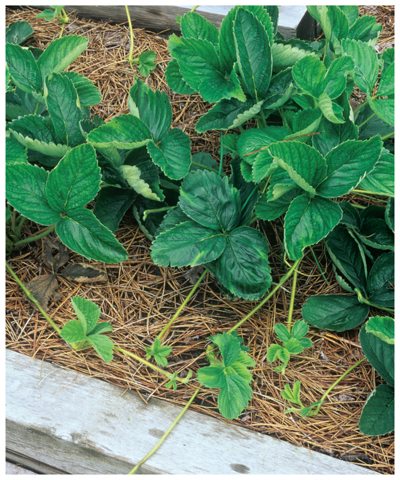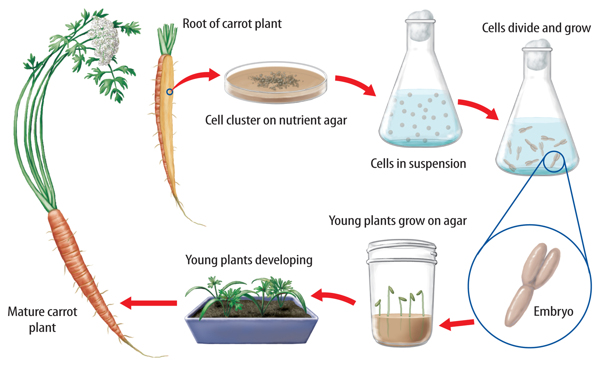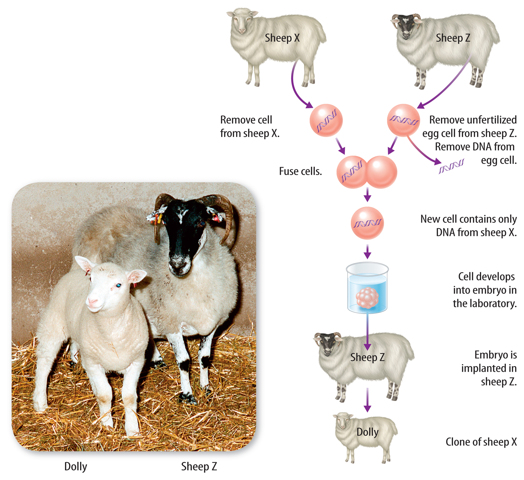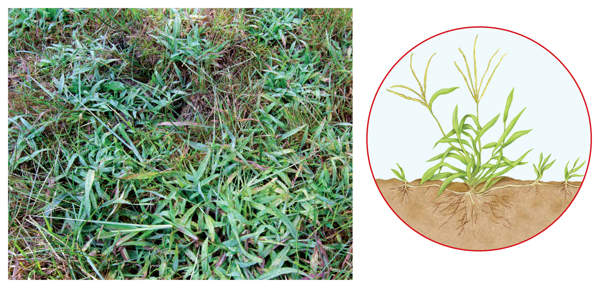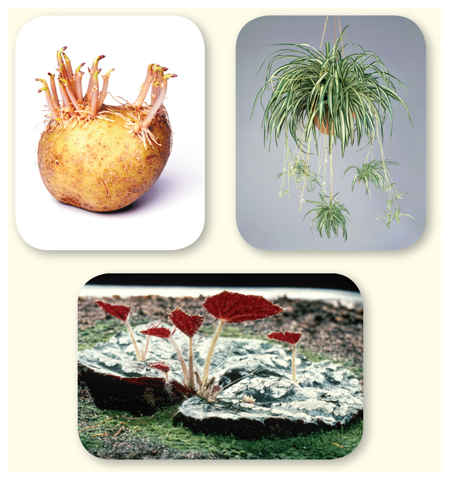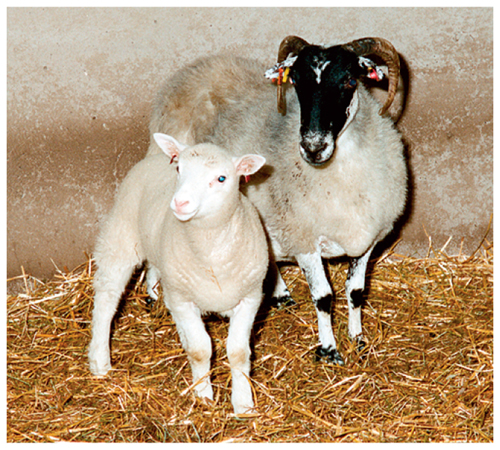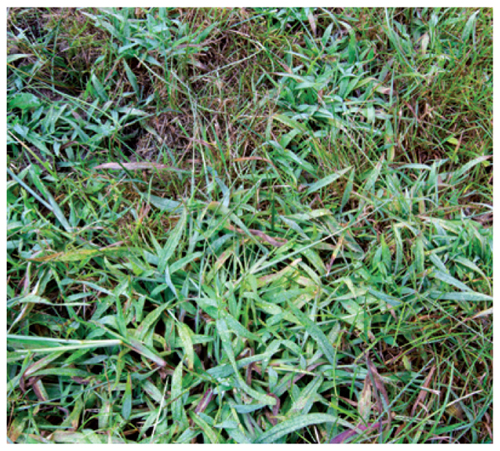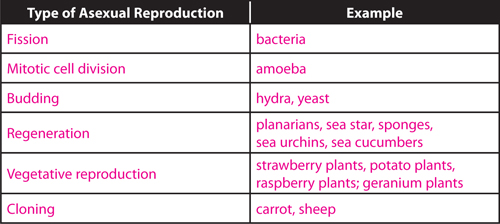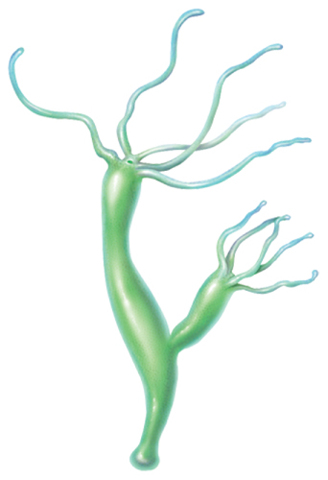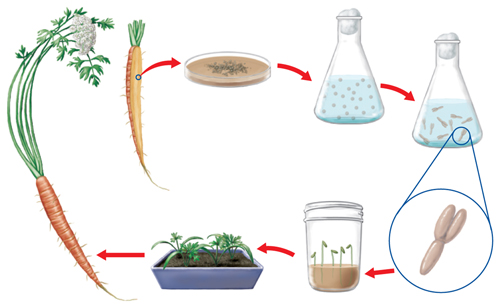Another type of asexual reproduction, regeneration, occurs when an offspring grows from a piece of its parent. The ability to regenerate a new organism varies greatly among animals.
Producing New Organisms Some sea stars have five arms. If separated from the parent sea star, each arm has the potential to grow into a new organism. To regenerate a new sea star, the arm must contain a part of the central disk of the parent. If conditions are right, one five-armed sea star can produce as many as five new organisms.
Sea urchins, sea cucumbers, sponges, and planarians, such as the one shown in Figure 4, can also reproduce through regeneration. Notice that each piece of the original planarian becomes a new organism. As with all types of asexual reproduction, the offspring is genetically identical to the parent.
The offspring is genetically identical to other offspring and to the parent.
Producing New Parts When you hear the term regeneration, you might think about a salamander regrowing a lost tail or leg. Regeneration of damaged or lost body parts is common in many animals. Newts, tadpoles, crabs, hydra, and zebra fish are all able to regenerate body parts. Even humans are able to regenerate some damaged body parts, such as the skin and the liver. This type of regeneration, however, is not considered asexual reproduction. It does not produce a new organism.














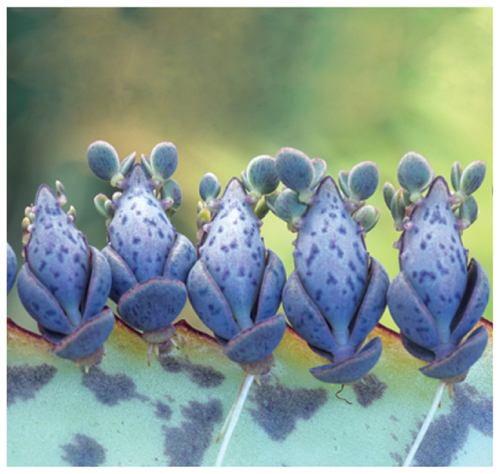
 Reading Check What advantage might asexual reproduction by fission have over sexual reproduction?
Reading Check What advantage might asexual reproduction by fission have over sexual reproduction? 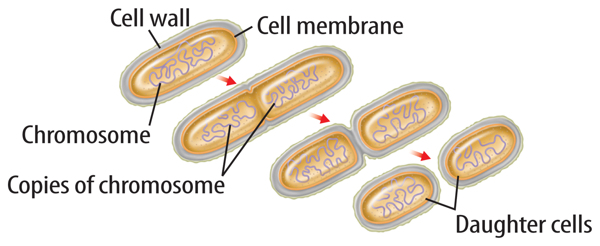
 Visual Check What happens to the original cell’s chromosome during fission?
Visual Check What happens to the original cell’s chromosome during fission?